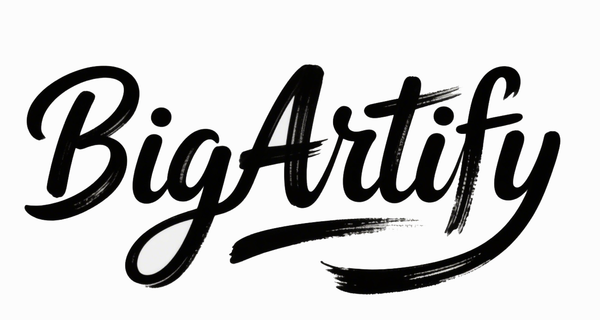Rising Sun, Falling Rain: The Evolution of Japanese Ukiyo-e Printmaking at the Hammer Museum
The Hammer Museum in Los Angeles will present a major exhibition titled "Rising Sun, Falling Rain: Japanese Woodblock Prints from the Grunwald Center for the Graphic Arts" from August 30 through November 30, 2025. This exhibition features approximately 60 ukiyo-e woodblock prints dating from roughly 1730 to 1930, offering a rich visual journey through two centuries of Japanese printmaking history, artistic mastery, and technological innovation.

Exhibition Overview
The show highlights the evolving craft and cultural significance of ukiyo-e—literally meaning "pictures of the floating world"—which flourished during the Edo period in Japan. Ukiyo-e prints vividly depict scenes from daily life, renowned landscapes, kabuki actors, courtesans, historical narratives, and folklore. The exhibition traces how printmaking technology developed over time, from early hand-colored outline prints on diverse paper formats to later, elaborately colored works produced on standardized sheet sizes with imported dyes following the end of samurai rule. These technical advances reflect Japan’s social changes and the rise of the chōnin (townspeople or merchant class) as a driving audience and collector base.
The exhibition also explores the collaboration between artists, woodblock carvers, and printers—the artisans behind the production of these culturally and artistically significant objects. Government censorship in the 18th and early 19th centuries shaped thematic shifts that impacted the artistic content, steering artists toward landscapes, historical tales, and ghost stories rather than licentious subjects. The prints reached international audiences rapidly after Japan's mid-19th-century opening to the West, significantly influencing Western art movements including Impressionism.
Featured Artists and Masterworks
The exhibition presents iconic works by ukiyo-e masters such as:
-
Utagawa Hiroshige’s Shōno: Driving Rain, from the series Fifty-Three Stations of the Tōkaidō (circa 1833-1836), known for his poetic landscapes capturing seasonal and natural moods;
-
Katsushika Hokusai’s Great Wave off Kanagawa, an iconic image symbolizing the power of nature and refinement of ukiyo-e technique;
-
Other luminaries such as Katsukawa Shunshō, Utagawa Toyokuni, Tsukioka Yoshitoshi, and Kawase Hasui, whose varied themes range from portraits and landscapes to historical and supernatural scenes.
Significance
"Rising Sun, Falling Rain" enables visitors to discover Japan’s remarkable printmaking industry history through a selection of works from one of the foremost collections in the United States, the Grunwald Center for the Graphic Arts. The exhibition reveals the technological evolution of print production from the 18th to the early 20th century alongside the artistic ingenuity that these prints embody. It highlights the vital role such prints played socially and economically—and their lasting influence on global art history.
Images and Media
Utagawa Hiroshige, Shōno: Driving Rain, woodblock print. Source: Hammer Museum, Grunwald Center for the Graphic Arts
Hokusai’s Great Wave off Kanagawa – renowned ukiyo-e print. Source: The Met Museum
Hammer Museum Exhibition Page - Rising Sun, Falling Rain
FAQ
When does the exhibition open and close?
The exhibition runs from August 30 to November 30, 2025.
What is the time period of the works presented?
The prints span approximately 1730 to 1930, covering two centuries of ukiyo-e printmaking.
Who are some of the featured artists?
Renowned ukiyo-e masters exhibited include Utagawa Hiroshige, Katsushika Hokusai, Katsukawa Shunshō, Utagawa Toyokuni, Tsukioka Yoshitoshi, and Kawase Hasui.
What themes do ukiyo-e prints typically depict?
They illustrate Edo-period urban and natural life, including landscapes, actors, courtesans, folklore, historical scenes, and ghost stories.
Why is this exhibition important?
It reveals the intertwined artistic and technological developments in Japanese printmaking and demonstrates ukiyo-e's profound influence on both Japanese culture and international art movements.
This exhibition at the Hammer Museum offers a valuable opportunity to explore the craftsmanship, historical depth, and cultural impact of Japanese ukiyo-e woodblock prints.
